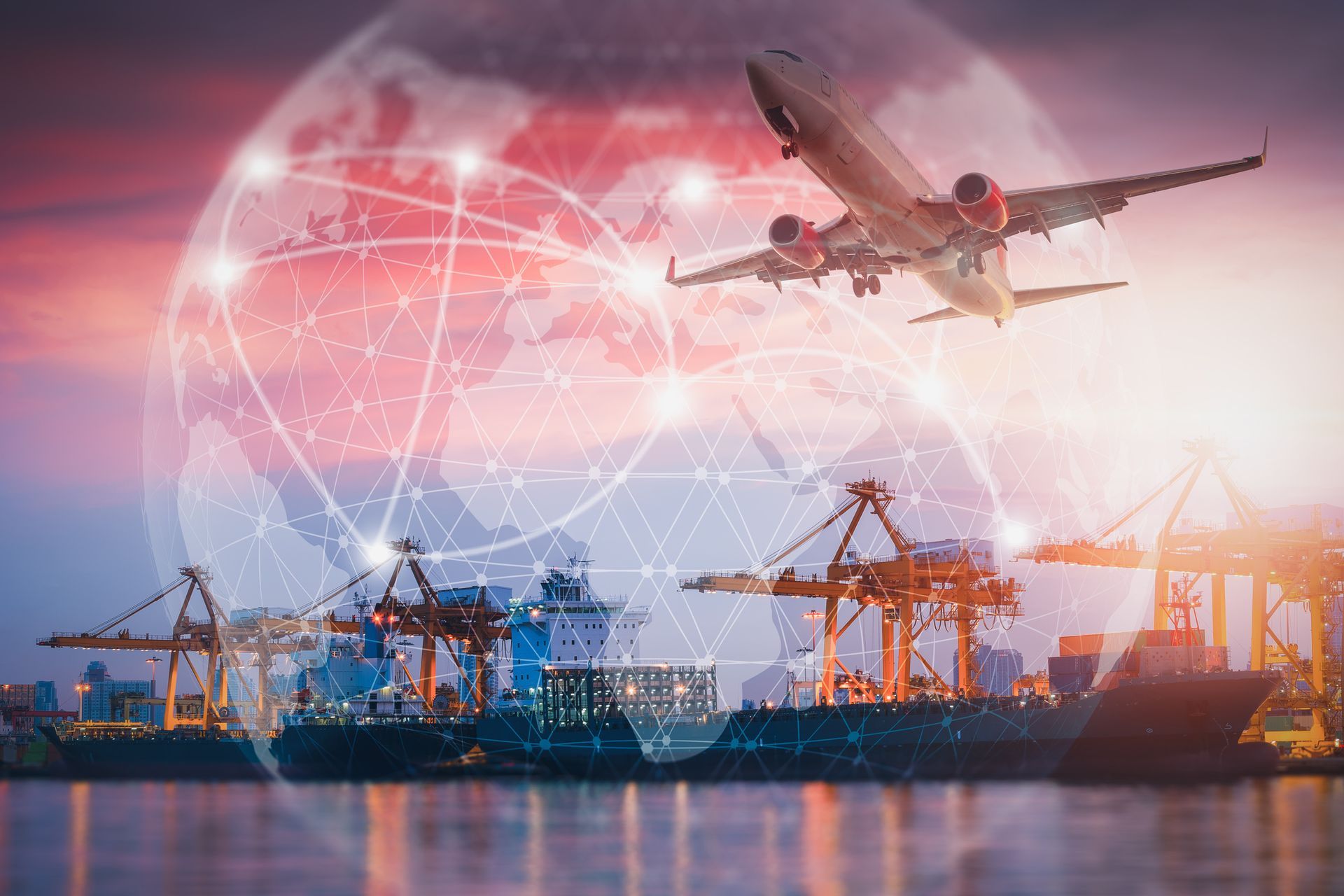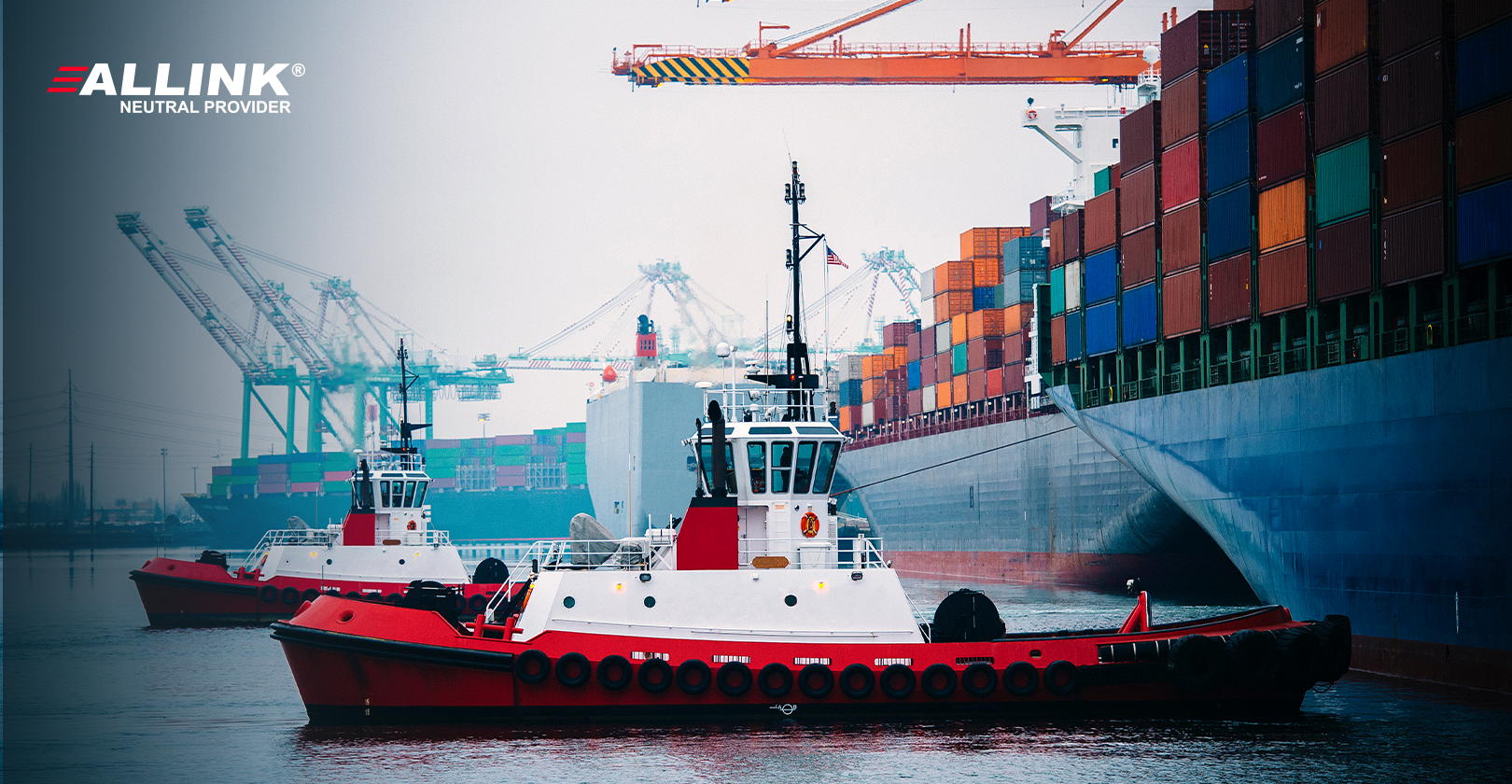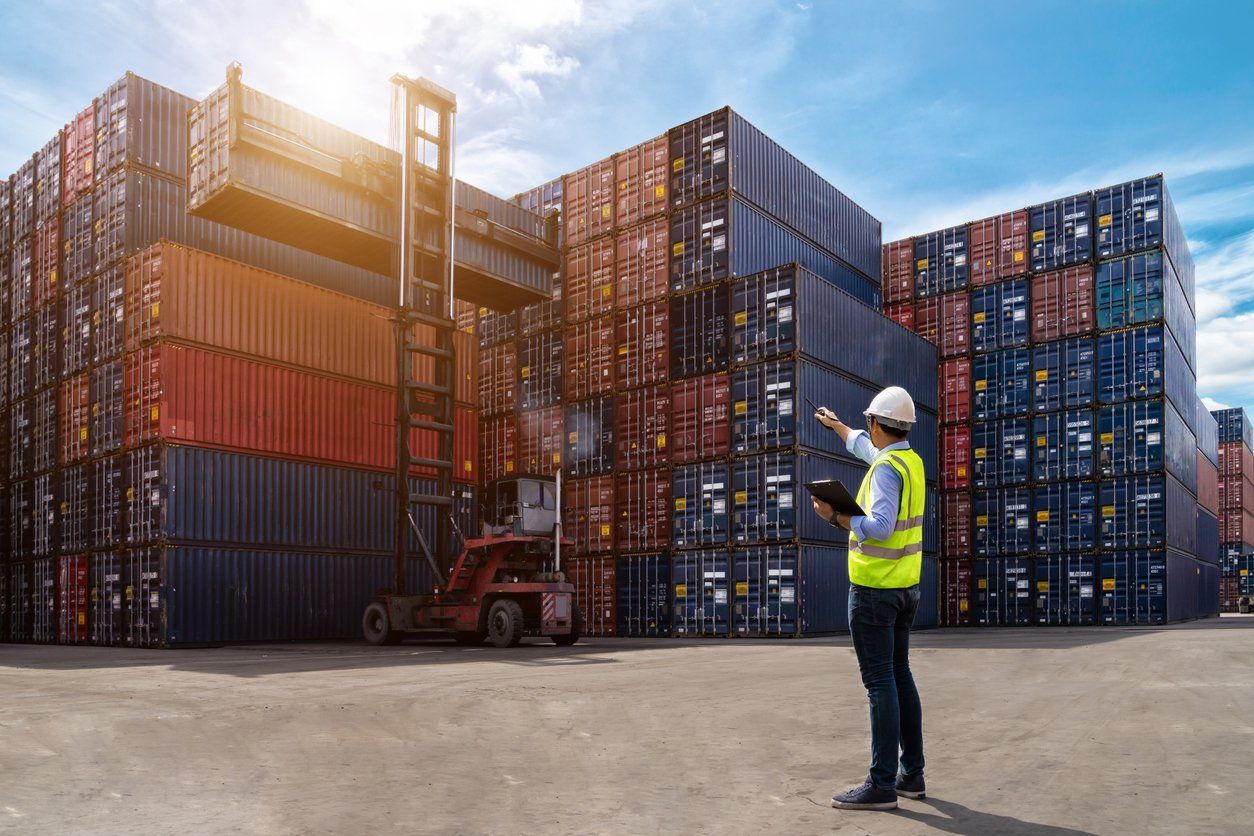
International transport is the backbone of global trade, enabling goods to move between countries safely and efficiently. It encompasses the physical movement of goods, from origin to final destination, under contracts that define the obligations and costs of the involved parties.
Understanding its modalities, transport types, navigation methods, costs, and the role of Incoterms is essential for any freight forwarder or shipper. This article delves into these aspects, with a focus on maritime transport and FCL and LCL operations.
What is International Transport?
International transport refers to the movement of goods between countries, governed by internationally recognized contracts. This type of transport begins at the production or storage site and ends at the destination agreed upon by the parties.
During this process, two types of freight are identified:
- Origin Inland Freight: Transfers the cargo to the initial export point.
- Destination Inland Freight: Moves the cargo from the unloading point to the final customer.
Selecting the most suitable transport mode depends on factors such as cargo weight, delivery urgency, shipping and receiving points, service availability, and cost. International transport requires careful analysis of these elements to ensure efficiency and cost-effectiveness.
Modalities and Types of International Transport
The modalities of international transport offer flexibility to meet diverse logistical needs:
- Modal: Involves only one mode of transport throughout the operation.
- Intermodal: Uses two or more modes in a single operation, but with separate contracts.
- Multimodal: Involves multiple modes under a single contract, centralizing contractual responsibility for the entire route.
These options provide exporters and importers with greater control over costs, deadlines, and risks, depending on the specifics of each operation. Various transport modes are utilized in international transport, each with its own advantages and disadvantages:
Air Transport
Recommended for high-value or perishable goods due to its speed. It requires rigorous documentation, such as the Air Waybill (AWB), and incurs higher costs.
Maritime Transport
The most commonly used mode in international trade due to its low cost and capacity to carry large volumes. The Bill of Lading is crucial for ensuring the legal security of the operation.
Road and Rail Transport
Suitable for short and medium distances, particularly between neighboring countries. However, challenges such as physical borders and road conditions may arise.
Inland Waterway Transport
Useful for regions with hydrographic networks, offering an economical solution for both domestic and international transportation.
Choosing the right mode depends on specific cargo requirements, balancing efficiency, safety, and cost.
Forms of Navigation
In maritime transport, there are three main forms of navigation:
- Cabotage: Conducted between ports within the same country, ideal for domestic cargo.
- Inland Navigation: Performed on internal waterways for domestic or international routes.
- Deep Sea Navigation: Connects Brazilian and foreign ports, serving as the primary method for international trade.
Maritime companies offer different services:
- Regular: Fixed and pre-determined routes, providing predictability for exporters.
- Irregular: Flexible routing with prices depending on commercial opportunities at each port.
- Chartering: Suitable for large volumes, allowing partial or full vessel utilization.
These navigation methods and services help logistics operators maximize efficiency and reduce costs based on demand and the geographic location of ports.
Freight in International Maritime Transport: Key Aspects
Maritime transport is widely chosen for its competitive cost and capacity to move large volumes. Freight calculation is based on cargo weight (tonnage) or volume (cubic meters), with the shipping company selecting the most advantageous criterion.
Costs are also influenced by factors such as the distance between shipping and receiving ports, port location, cargo type, and fragility.
The Role of Insurance in International Transport
Although not mandatory, insurance in international transport is highly recommended to mitigate losses in case of damage or accidents. Premiums are calculated based on cargo type, transport mode, packaging, perishability, destination, and coverage period.
In maritime transport, containers lower insurance costs compared to loose cargo. In air transport, insurance premiums are typically half the cost of land and sea modes, offering an advantage depending on the type of goods.
The Importance of Incoterms
Incoterms (International Commercial Terms) are international rules standardizing buyer and seller obligations in foreign trade operations. They define who bears costs such as freight, insurance, and port expenses, as well as the point where risk transfers.
For example, FOB (Free on Board) and CIF (Cost, Insurance and Freight) are commonly used in maritime transport, ensuring clarity in the responsibilities of each party. Proper use of Incoterms prevents disputes and facilitates logistical planning.
How to Choose the Ideal Form of International Transport
Selecting the ideal mode requires a careful assessment of cargo needs, delivery deadlines, costs, and risks. For urgent or high-value cargo, air transport may be preferable, while maritime transport is ideal for large volumes.
Additionally, FCL (Full Container Load) operations, where the container is occupied by a single company’s cargo, and LCL (Less than Container Load) operations, where different companies share the same container, offer flexibility to optimize costs and maximize efficiency.
Understanding the specifics of international transport is crucial for companies aiming to expand their global operations. Strategic use of Incoterms, insurance, and choosing between FCL and LCL are fundamental for safe and efficient operations.
Want to learn more? Check out our eBook on Incoterms, complete with an illustrative table to simplify their application in international transport.
Continue a navegar no blog da Allink
Mantenha-se informado sobre o comércio exterior
Assine nossa newsletter e receba atualizações semanais de forma gratuita sobre o mundo da logística.





